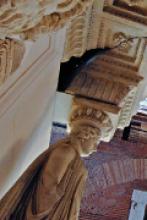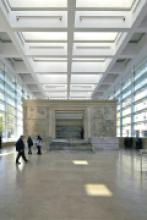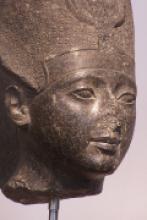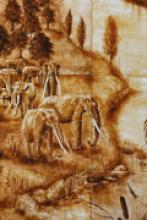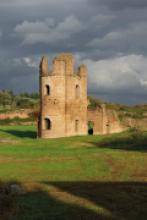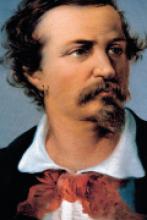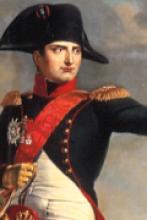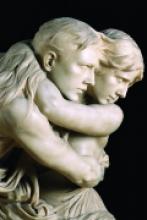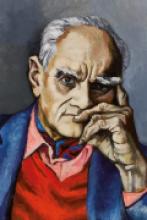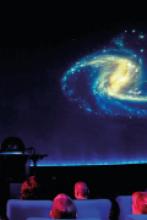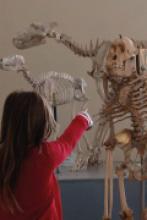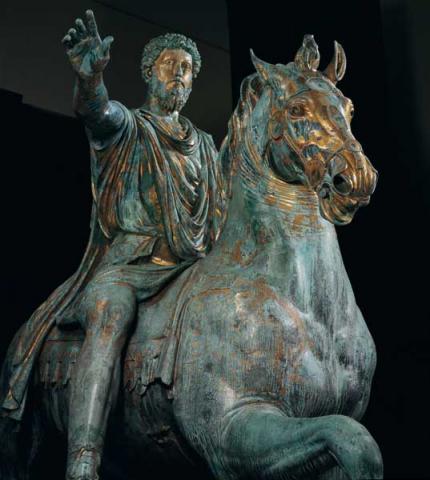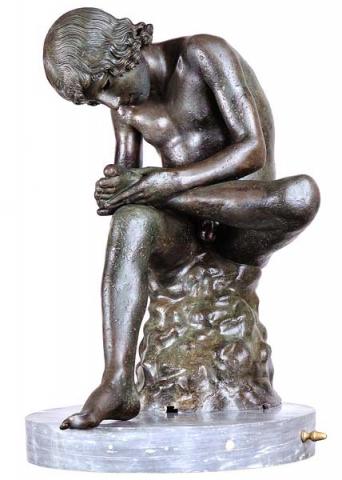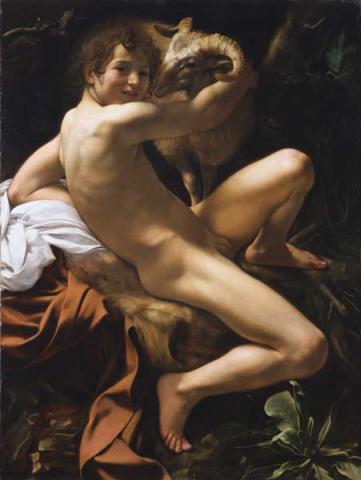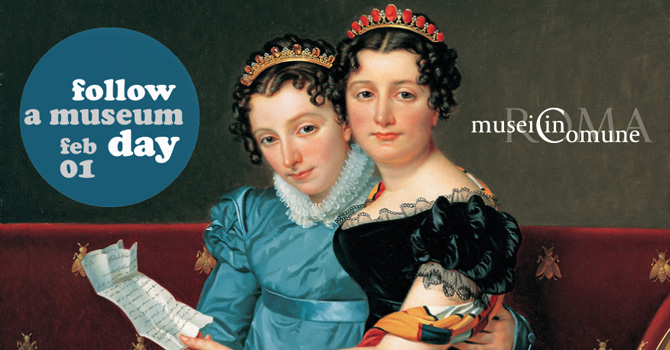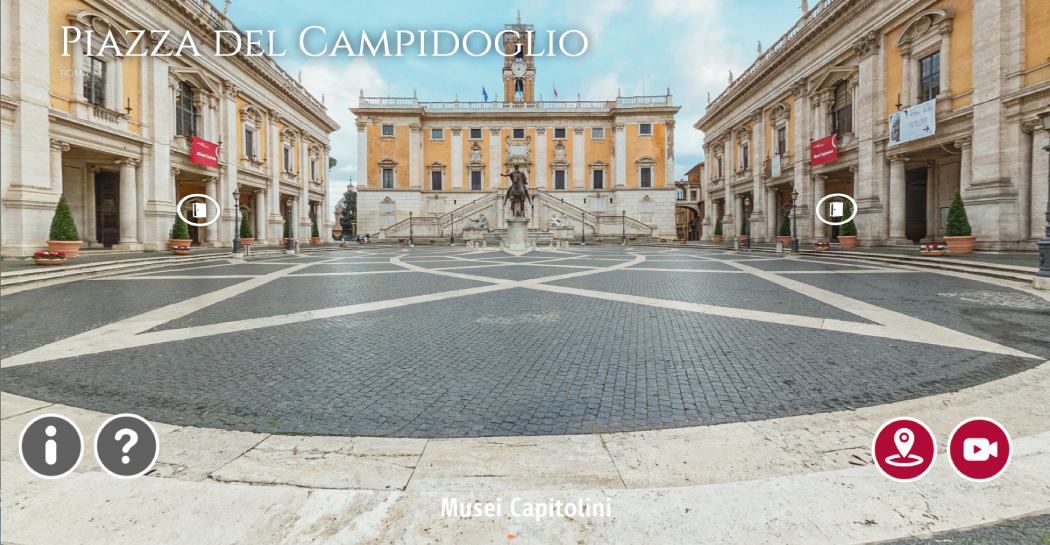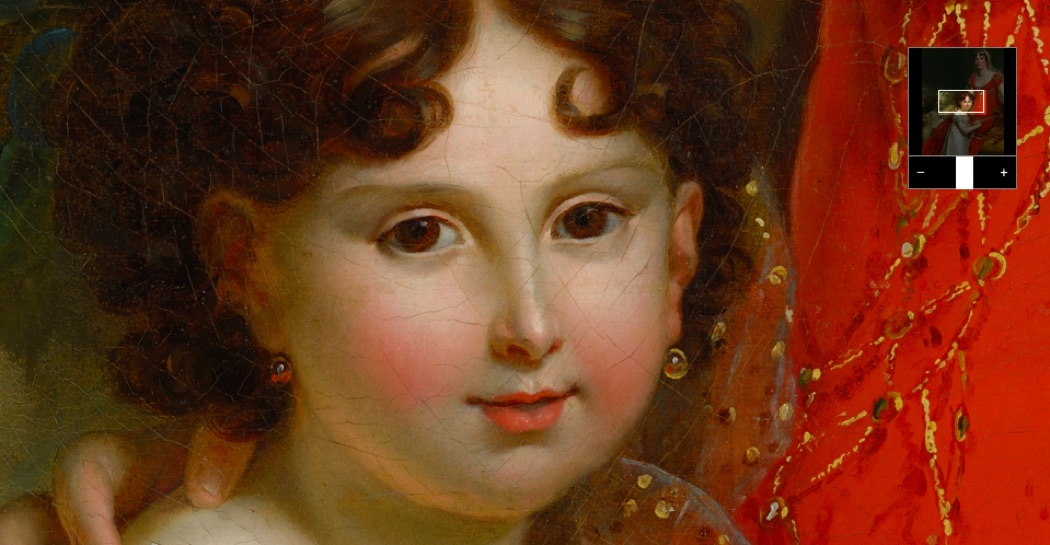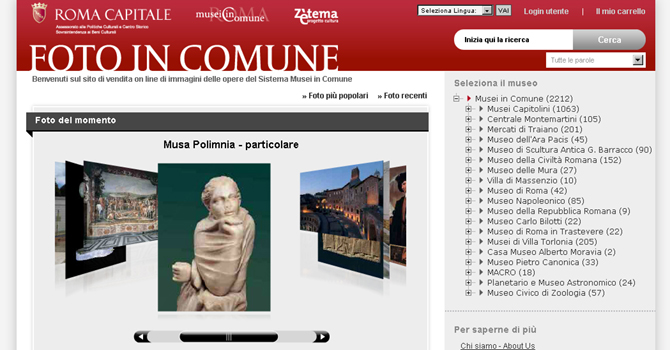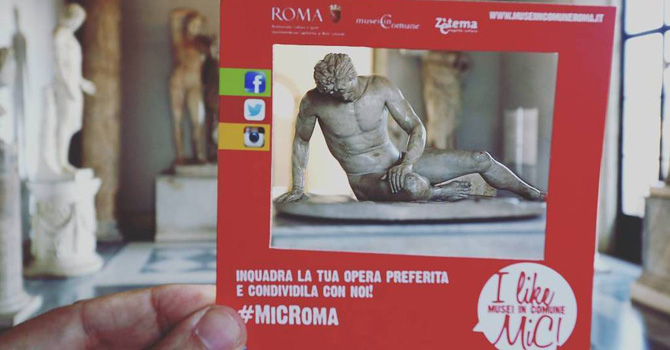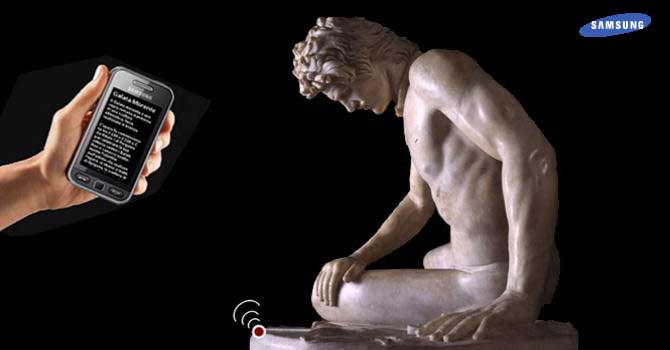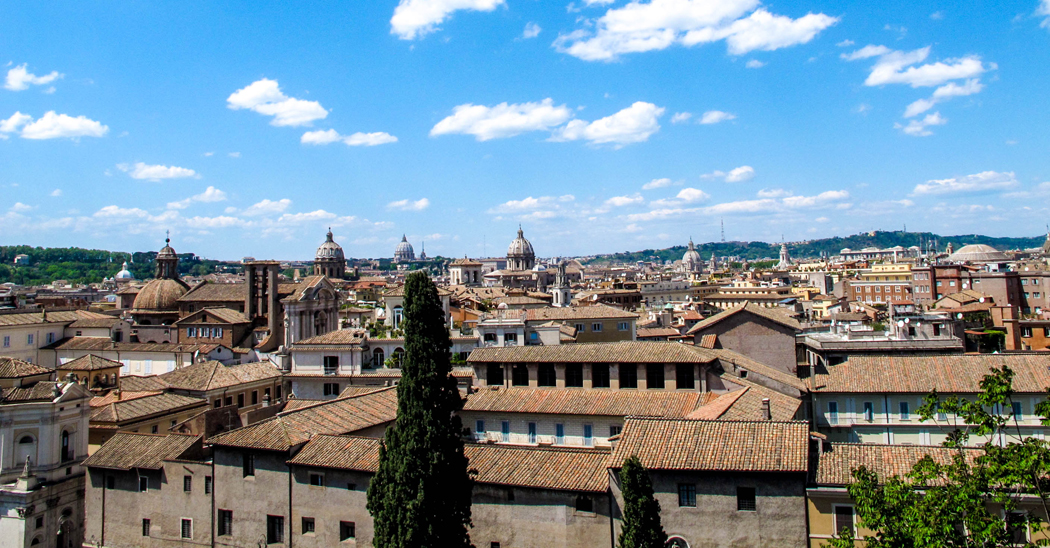The Protomoteca
The collection of busts of the Protomoteca Capitolina originated in the Pantheon.

In the famous monument, consecrated in 609 AD to the Virgin (Santa Maria ad Martyres), the Congregation of the Virtuosi, founded in 1542 by Roman artists, obtained under its jurisdiction a chapel dedicated by them to Saint Joseph (protector of the Virtuosi) in which to bury and remember with marble portraits some of the most illustrious figures of the congregation itself. This custom was suspended in the 17th century and then resumed in the 18th century. From the second half of the 18th century, in addition to the funerary portraits, the placement of simply honorary busts began. In particular, Canova, as president of the Virtuosi, gave great impetus to the collection. The considerable number of busts, which was distorting the character of the temple as a place of worship, induced Pope Pius VII to transfer all the portraits to the Capitol, where the collection was opened to the public in 1820. The new collection took the name of Protomoteca, or place where the portraits are kept.
Originally the collection was exhibited in the Palazzo dei Conservatori, in the rooms on the ground floor on the right (current wedding hall and white room). From 1830 onwards a series of other busts were added to the collection. After several moves, in 1949 the Protomoteca found its definitive location in a series of rooms located between the Palazzo dei Conservatori and the Palazzo Senatorio, where it is still located today. In 1990 the Capitoline Administration decided to renovate the rooms of the Protomoteca, giving them their current appearance.
In the Salone della Protomoteca the busts are displayed as follows: on the right wall for those entering are the busts of the most famous Italian artists, on the left wall the greatest men of letters.
On the back wall is the honorary monument to Canova, commissioned by Pope Leo XII in 1828 and created by Giuseppe de Fabris. The monument represents Canova, lying on a base in which the three figurative arts are portrayed: Painting, Sculpture and Architecture. Together with them is the Genius of Harmony holding a lyre with broken strings, meaning that the Arts have lost their harmony with the death of the great sculptor.
The room also houses some of the paintings from the series of the emperors on horseback. The works (oil on canvas, 17th century) are derived from the prints by Antonio Tempesta with the series of the 12 emperors.
Laudato Si’ Hall
Within the collection of the Protomoteca Capitolina, the most important busts are located in the room dedicated to the encyclical Laudato Si’, a name given on the occasion of Pope Francis’ visit to the Capitol on March 26, 2019.
Here are preserved both the oldest busts in the collection (Perin del Vaga, 1547; Bartolomeo Baronino, 1554; Taddeo Zuccari, 1566; Flaminio Vacca, 1599) and the portraits made by Antonio Canova (Domenico Cimarosa, 1816; Pius VII, 1820), works of the highest artistic quality, the most valuable in the collection.
The room also houses a 17th-century tapestry of the Flemish school, 17th-century paintings and two commemorative inscriptions referring to Pope Pius VII, founder of the Protomoteca Capitolina, and to Pope Leo XII, who allowed the members of the Accademia dell’Arcadia to use the rooms of the Protomoteca for meetings.




